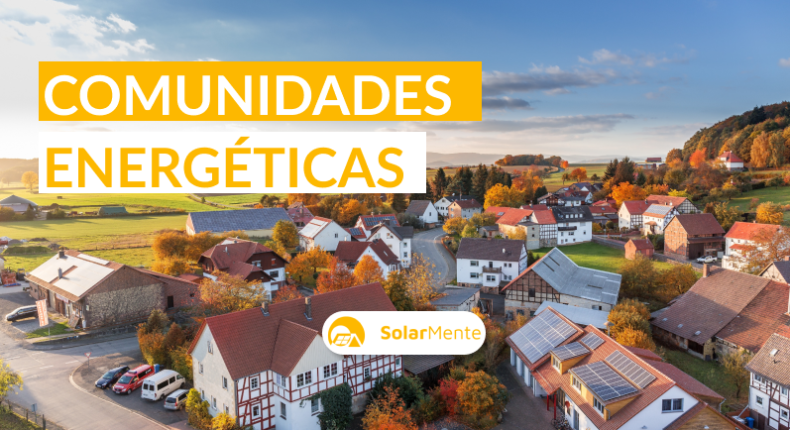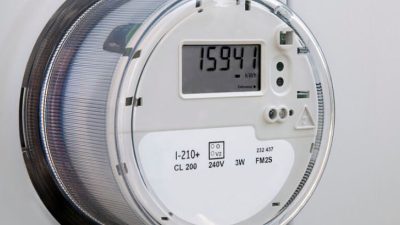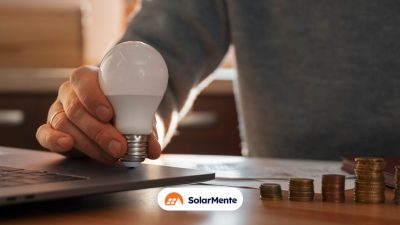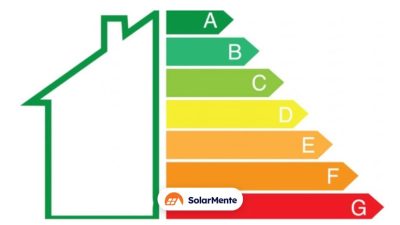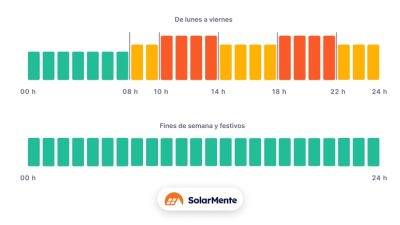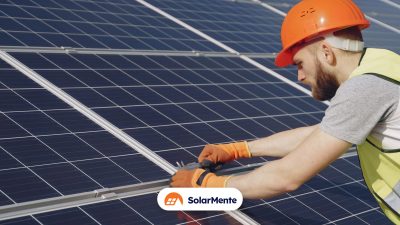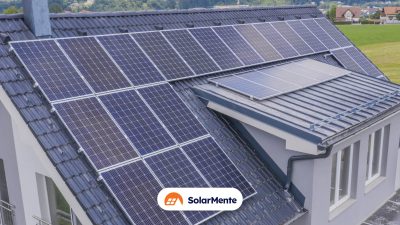Did you know that in 2030 energy communities could cover 60% of the country’s electricity demand?
And the fact is that these entities allow citizens, companies, cooperatives and local entities to do their bit to combat climate change through self-consumption.
What is the objective?
To involve these groups so that the energy transition accelerates as soon as possible and people can enjoy clean, renewable energy without polluting the planet.
Today we show you the 5 most frequently asked questions about energy communities.
Here we go!
1. What are energy communities?
They are built on the concept of local energy self-consumption. It is the production of energy for own, individual or collective use in the same place where it is generated.
According to the Institute for Energy Diversification and Saving(IDAE), an energy community is a legal entity made up of members who can be individuals, associations, small and medium-sized enterprises (SMEs) or even public administrations.
This society, in a cooperative manner, establishes a series of objectives for obtaining energy for itself, a community or third party beneficiaries. Its main objective will be to offer energy benefits with a triple impact, from which environmental, economic and social benefits are derived.
2. What are the requirements to become an energy community?
In order to be called an energy community, it is necessary to fulfil certain minimum characteristics:
-
It must be a legal entity based on open and voluntary participation.
-
It must be an autonomous body and be controlled by partners or members.
-
Act locally, within a municipality or in a limited number of neighbouring localities.
-
Allocate the economic benefit, generated from its energy-related activity, to the reduction of energy costs of the members of the community or to the social development of its environment.
-
Have a level of generation that does not exceed the level of consumption.
-
Do not allow the possibility of buying energy or its possible diversion to speculative financial or commodity markets.
The structure of local energy communities in Europe varies from small local communities and neighbourhoods producing their own renewable energy, to larger scale projects where external actors such as electricity companies set up such an entity to save money on the services offered.
The most common production methods of these local energy communities are solar panels and wind turbines.
The use of hydropower can also be seen, as well as bioenergy and diesel generators.
3. What are the advantages and benefits of energy communities?
Energy communities are key to energy production and distribution systems. They harness renewable resources wherever they are and encourage the active participation of citizens in the energy system:
-
Care for the planet, making the energy transition to fight climate change a reality, abandoning fossil energies and reducing the local carbon footprint.
-
Greater efficiency in consumption. Costs are reduced and savings on electricity bills are increased.
-
Collective investment alternatives for the development of renewable energies.
-
Possible solution to energy poverty, favouring lower prices for neighbours with fewer resources.
-
Development of the local economy, taking control of the energy consumed.
-
Strengthening of community ties.
-
Redistribution of benefits, most of which revert to the local community, resulting in a reduction of energy costs for those who are part of it.
4. How do energy communities differ from traditional commercial energy companies?
Let’s look at the main differences between energy communities and traditional companies, which are considered as traders:
-
Community concern: energy communities aim to provide economic, social and environmental benefits to their members or the local area in which they are active, rather than for profit.
-
Provides open and voluntary participation: membership in a co-operative is open to all people as end-users of its services and those people are willing to accept the responsibilities.
-
Democratic governance: based on equal rights in decision-making, i.e. one person has one vote.
-
Autonomy and independence: energy communities are controlled by the members or shareholders who participate as end-users.
5. How do they align with the Sustainable Development Goals (SDGs)?
Through the following goals:
-
Goal 7: ensuring access to affordable, secure, sustainable and modern energy.
-
Goal 11: making cities more inclusive, safe, resilient and sustainable.
-
Goal 13: taking urgent action to combat climate change and its impacts.
Conclusions on energy communities
There is one more thing.
We are convinced of the need to change the current energy model, replacing the use of polluting fossil fuels with renewable energy sources.
We are committed to a rational use of energy through energy efficiency and decarbonisation of the economy.
This energy transition implies a paradigm shift for consumers, who have the possibility of generating their own clean energy from their homes or businesses, becoming self-consumers.
Think about it: energy communities are a necessary approach to the generation and distribution of electricity and energy services, developed at the local level.
Just as we do, they put the community and its environmental, social and economic sustainability at the centre.

